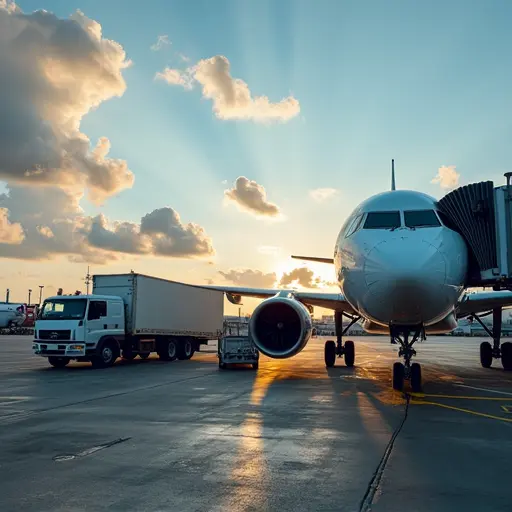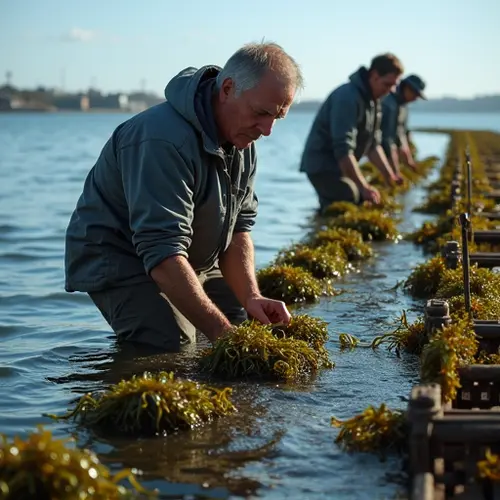
ICAO Sets Timeline for Phasing in Biojet Requirements
The International Civil Aviation Organization (ICAO) has established a binding timeline requiring airlines to progressively adopt sustainable aviation fuels (SAF) as part of global efforts to decarbonize air travel. The mandate, announced at ICAO's 2025 Climate Summit, requires all international flights to use at least 5% SAF blends by 2030, increasing to 30% by 2040.
The Finvest Hub: Financing the Green Transition
To support this transition, ICAO launched the Finvest Hub - a global platform connecting SAF projects with investors. "This initiative creates dedicated funding pathways for sustainable fuel production facilities and clean energy infrastructure," said ICAO Secretary General Juan Carlos Salazar. The Hub prioritizes support for developing nations through technical assistance and policy guidance.
SAF Production Challenges
Current SAF production meets just 0.3% of global aviation fuel demand. Major bottlenecks include limited feedstock availability and high production costs. "We're exploring agricultural waste, municipal garbage, and woody biomass as alternatives to traditional oils," explained Dr. Elena Petrova, ICAO's lead fuels researcher.
Environmental Impact
SAF can reduce aviation emissions by 20-98% compared to conventional jet fuel depending on feedstock. Neste Corporation's renewable products director Markus Rytioja noted: "Our SAF from waste fats and cooking oil already powers Lufthansa and Air France fleets."
Industry Response
Airbus and Boeing have committed to making all aircraft SAF-compatible by 2030. However, IATA warns that achieving scale requires government incentives and streamlined certification processes. The EU's ReFuelEU initiative mandates similar SAF blending targets starting 2025.

 Nederlands
Nederlands
 English
English
 French
French
 Deutsch
Deutsch
 Espaniol
Espaniol
 Portugese
Portugese









